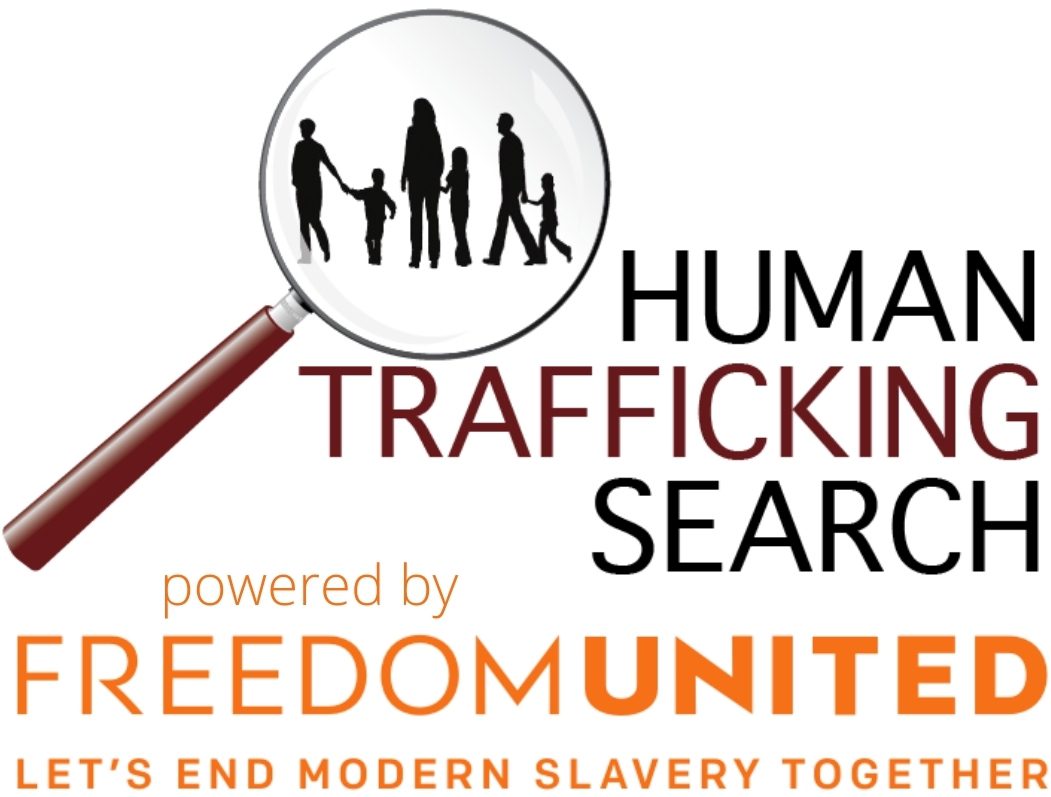Sign up for our news digest
I agree to receive email updates from Human Trafficking Search. I may unsubscribe at any time.
Posts by: Human Trafficking Search
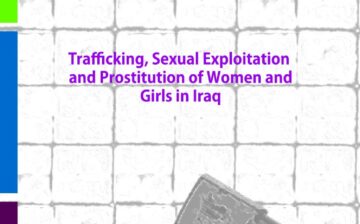
It is the New Year: Reflections and Projections
Happy New Year from everyone at Human Trafficking Search! As we bring in the New Year, we hope that you will join us in reflecting on this past year and looking forward to some fresh goals in the US for 2016.
This past year, Human Trafficking Search shared informative weekly blog posts on current events related to human trafficking and the anti-trafficking movement. Our posts covered a variety of topics, from speaking to children about trafficking to trafficking in specific countries, such as Brazil or Nepal. In recap, please enjoy reading some of our most popular posts from the year.
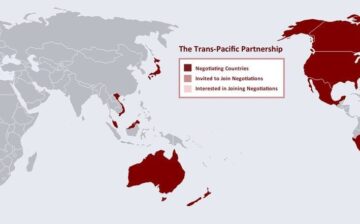
Will the Trans-Pacific Partnership Alleviate Forced Labor?
The Trans-Pacific Partnership (TPP) is the largest regional trade deal in history. Talks to create the TPP began over seven years ago and it was finally drafted on October 5, 2015. The twelve member countries, Australia, Brunei Darussalam, Canada, Chile, Japan, Malaysia, Mexico, New Zealand, Peru, Singapore, United States and Vietnam covers 792 million people and make up 40 percent of the world’s economic activity.

It’s the Holiday Season—Are You Funding Trafficking?
The holiday season is a time of bustling shopping malls, jam-pack fashion avenues, and draining bank accounts. In the mood of giving, we buy numerous gifts, from a bag of coffee for the neighbors to a new computer for our spouse. This holiday season, Human Trafficking Search invites you to consider whether or not your purchase is helping to fund human trafficking.
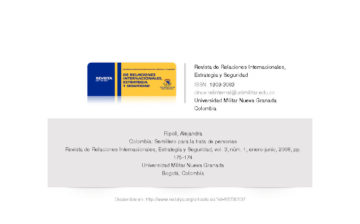
Rising Numbers of Unaccompanied Children Give Concern to Protection Mechanisms
Recently the number of unaccompanied migrant children from El Salvador, Guatemala, and Honduras arriving at the U.S. Southwest Border has again begun to increase. (A total of 5,622 children, mostly from Central America, were caught at the border with Mexico, more than double the number stopped in November 2014.)

Taking a Turn for Technology
For a long time technology has been seen as a detriment to victims of trafficking. Whether through GPS tracking to determine a person’s location or by threatening to post photos that may stigmatize an individual on the internet, or through local sale platforms such as Backpage.com, traffickers have used technology to sabotage, manipulate, and maintain control over victims.
However, more recently, anti-trafficking activists have turned technology around, using big data and sophisticated algorithms to aid trafficked persons. We will focus on three recent breakthroughs that indicate the anti-trafficking movement’s turn for technology.
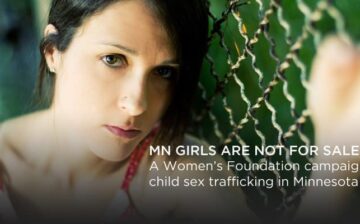
Minnesota’s Safe Harbor Laws- Effectively Assisting Commercial Exploited Youth?
Recently, Minnesota issued a report evaluating the effectiveness of the state’s safe harbor legislation and its ability to provide services to sexually exploited youth within the state. As recently discussed in Human Trafficking Search, safe harbor laws are considered model legal frameworks for state legislatures to include in state anti-trafficking laws. Minnesota has been a leader in implementing safe harbor legislation, in part due to the support of certain Senate and House leaders, namely Senator Amy Klobuchar and U.S. Representative Paulsen.
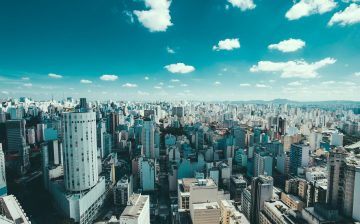
Brazil’s Dual Reaction to Forced Labor
In 1888, Brazil became the last nation in the Western Hemisphere to formally abolish slavery. Over the course of 300 years, an estimated four million Africans were brought to Brazil to work as slaves in sugar plantations and gold mines. Although no longer institutionalized, the tradition of slavery has yet to end in Brazil and still exists in the form of forced labor, debt bondage [and] degrading conditions that violate human rights or overwork that threatens life or health. The 2014 Global Freedom Index estimated that 155,300 people are currently enslaved in Brazil, most of whom are involved in agricultural or mineral production as part of a supply chain for large multinational corporations.
Amnesty’s Decision on Sex Work: Reflections on the Contention
In August, Amnesty International voted to decriminalize sex work in efforts to protect the human rights of sex workers around the world. The landmark decision has caused an explosion of debate regarding the effect of this policy on the trafficking of individuals for sex. As the policy undergoes a final pruning by AI’s International Board, we wanted to take some time to reflect on the contention caused by the policy.

Using Technology to Educate on Child Labor: DOL’s New App, Sweat & Toil
Recently the United States Department released the 14th edition of its annual report, the 2014 Findings on the Worst Forms of Child Labor. The report is prepared by the Bureau of International Labor Affairs in accordance with Trade and Development Act (TDA) of 2000 and the Trafficking and Victims Protection Reauthorization Act of 2005. The report documents both the progress made in eliminating child labor globally and also the challenges remaining. The 2014 Findings on the Worst Forms of Child Labor report showed some 60 percent of the 140 countries surveyed with moderate to significant improvement on child labor issues.

Where the Crossroads of Abuse Meet: Domestic Violence and Trafficking
In light of Domestic Violence Awareness Month, it is only fitting to talk about the stark connection between domestic violence and human trafficking. While seemingly two separate issues, domestic violence and trafficking are intertwined more often than not.
